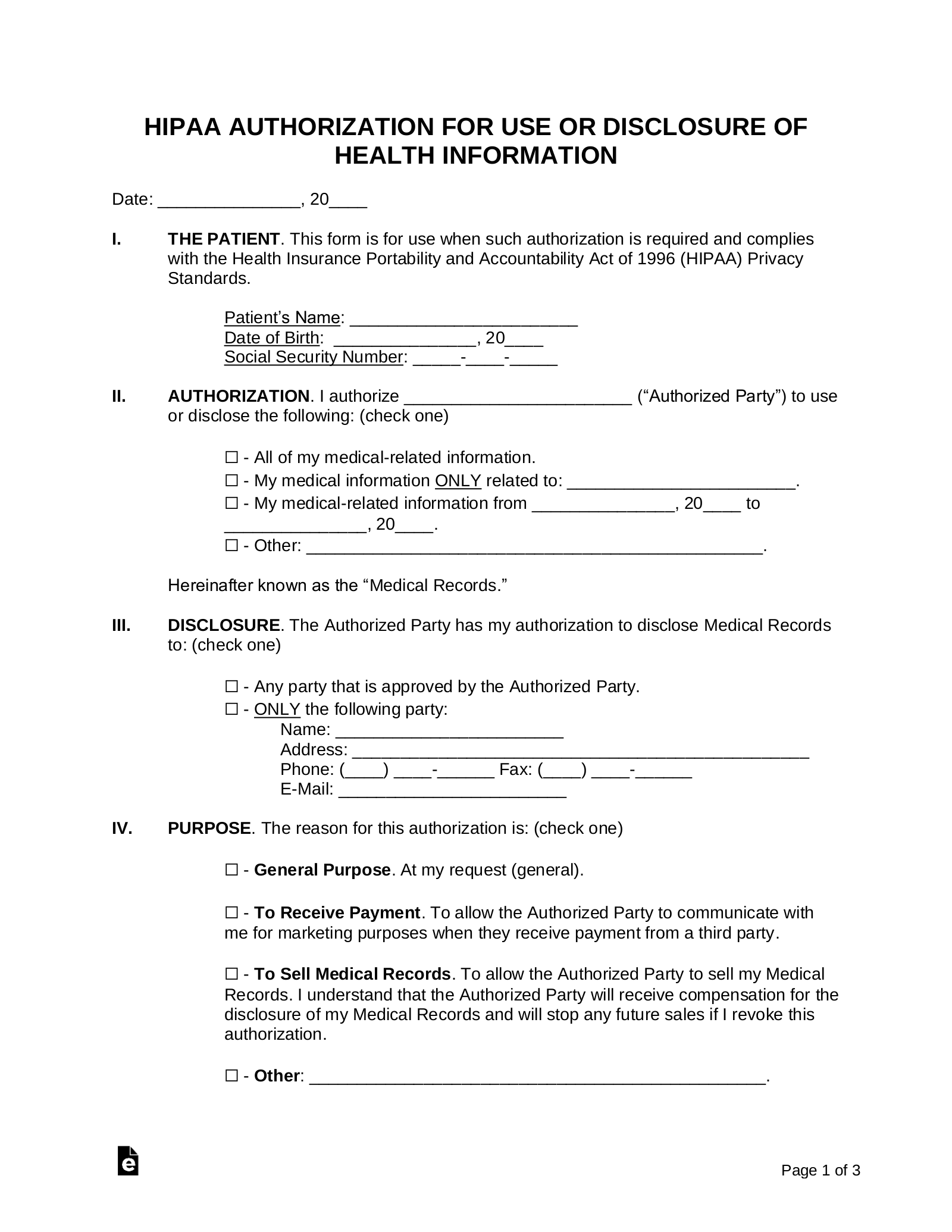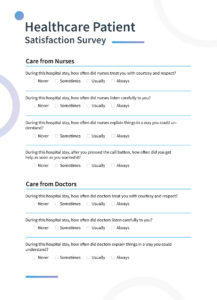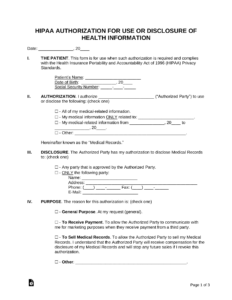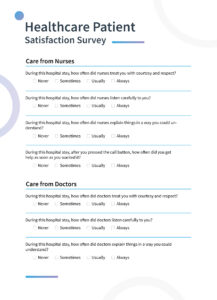Utilizing a standardized form streamlines the retrieval process, reducing processing time and potential errors. This efficiency benefits both patients seeking access to their own information and third parties requiring records for legal, insurance, or other legitimate purposes. Clear and complete requests minimize back-and-forth communication, ensuring timely access to crucial data. Furthermore, adherence to established formats promotes patient privacy and data security.

This article will explore the various aspects of acquiring health information, including specific use cases, legal considerations, and best practices for completing and submitting these crucial documents. Understanding the process empowers individuals to manage their health data effectively.
Key Components of a Medical Records Release Form
Effective retrieval of patient health information relies on accurately completed authorization forms. Several key components ensure requests are processed efficiently and comply with privacy regulations.
1. Patient Demographics: Accurate identification of the patient is paramount. This section typically includes full legal name, date of birth, address, and contact information.
2. Specific Records Requested: Clearly defining the required information, including dates of service, types of records (e.g., lab results, physician notes, imaging reports), and specific conditions or treatments, is essential for efficient processing. Avoid overly broad requests.
3. Purpose of Request: Stating the reason for the request, such as personal review, insurance claim, or legal proceeding, helps providers understand the context and ensure appropriate release of information.
4. Authorization and Signature: The patient or legal representative must authorize the release of information with a signature and date. This confirms informed consent.
5. Recipient Information: If the records are to be sent to a third party, their full name, address, and contact information must be provided.
6. Expiration Date/Event: Defining a timeframe for the authorization, either a specific date or a triggering event (e.g., completion of a legal proceeding), further protects patient privacy by limiting the duration of the release.
7. Revocation Clause: Information on how to revoke the authorization prior to the expiration date should be included, empowering patients to control the dissemination of their health information.
Complete and accurate information on these key elements ensures requests are handled promptly and securely, facilitating access to essential health data while safeguarding patient privacy.
How to Create a Medical Records Release Form
Creating a comprehensive and compliant medical records release form is crucial for efficient and secure access to health information. The following steps outline the process of developing such a form.
1. Obtain a Template or Sample Form: Starting with a pre-existing template or sample form from a reputable source, such as a hospital, government agency, or legal website, ensures inclusion of necessary elements and adherence to regulatory requirements.
2. Adapt the Template to Specific Needs: While templates provide a solid foundation, customization may be required. Ensure the form includes fields specific to the information required, such as particular dates of service or types of records.
3. Clearly Define the Scope of Release: Specify the precise information to be released, avoiding overly broad or vague language. Precisely defined requests expedite processing and protect patient privacy.
4. Incorporate Necessary Legal Clauses: Include clauses related to authorization, revocation, expiration, and redisclosure as mandated by applicable regulations like HIPAA. This ensures legal compliance and protects patient rights.
5. Review and Revise: Carefully review the completed form for accuracy, clarity, and completeness. Ambiguity can lead to delays or incorrect release of information. Consider consulting with legal counsel to ensure compliance.
6. Provide Clear Instructions for Completion: Accompany the form with clear and concise instructions for completion and submission. This reduces errors and facilitates timely processing.
A well-crafted form ensures clarity, minimizes processing delays, and safeguards patient privacy. Adherence to established best practices and legal guidelines is essential for responsible handling of sensitive health data.
Access to health information is a cornerstone of informed healthcare decisions. Standardized forms provide a crucial framework for obtaining these records efficiently and securely. Understanding the key components, legal considerations, and best practices for creating and utilizing these forms empowers individuals and authorized parties to navigate the process effectively. Accuracy, clarity, and adherence to regulatory guidelines are essential for safeguarding patient privacy while ensuring timely access to vital data.
Effective management of health information requires diligence and awareness. Leveraging standardized forms promotes transparency and facilitates communication between patients, healthcare providers, and other authorized parties. This ultimately contributes to improved healthcare outcomes and empowers individuals to actively participate in their own care. Continued education and advocacy for streamlined processes will further enhance access and control over sensitive health data.



